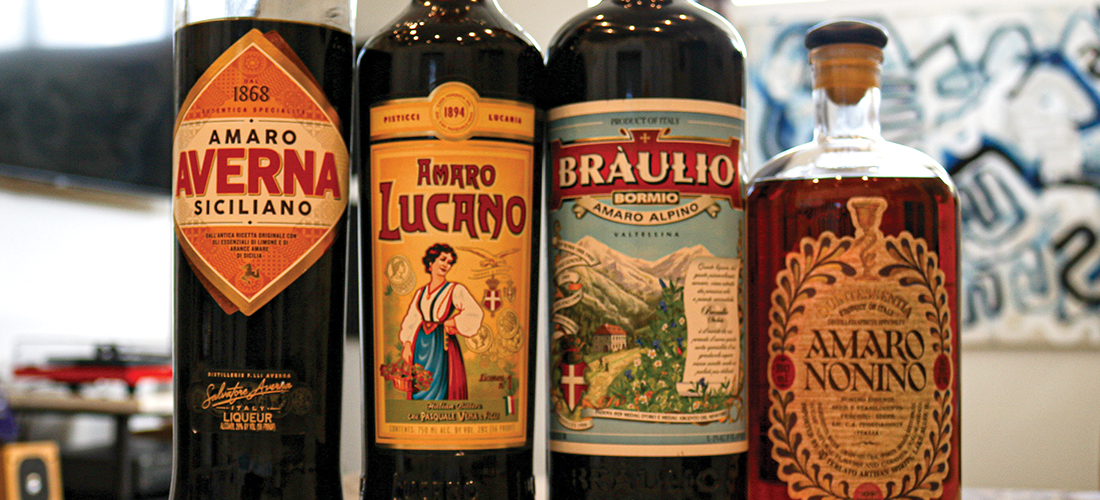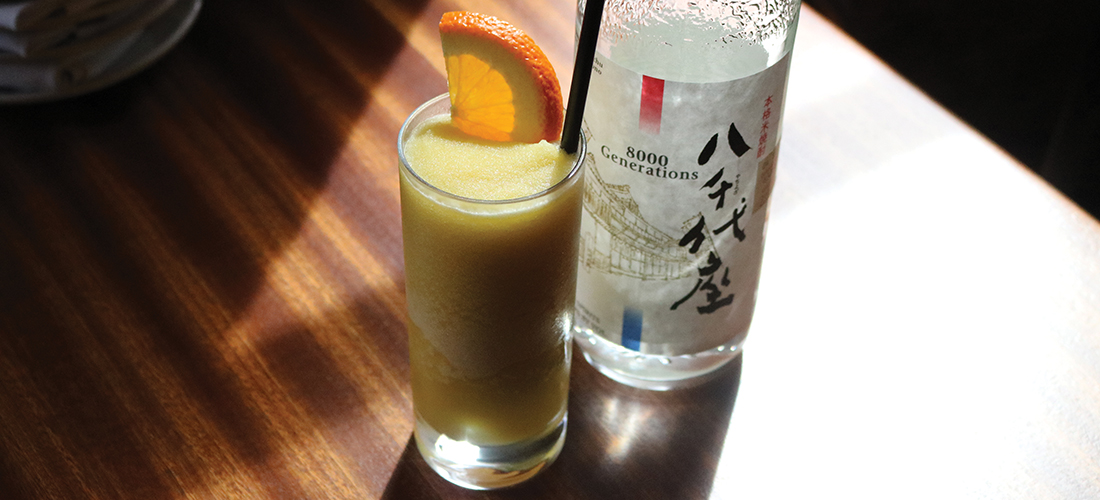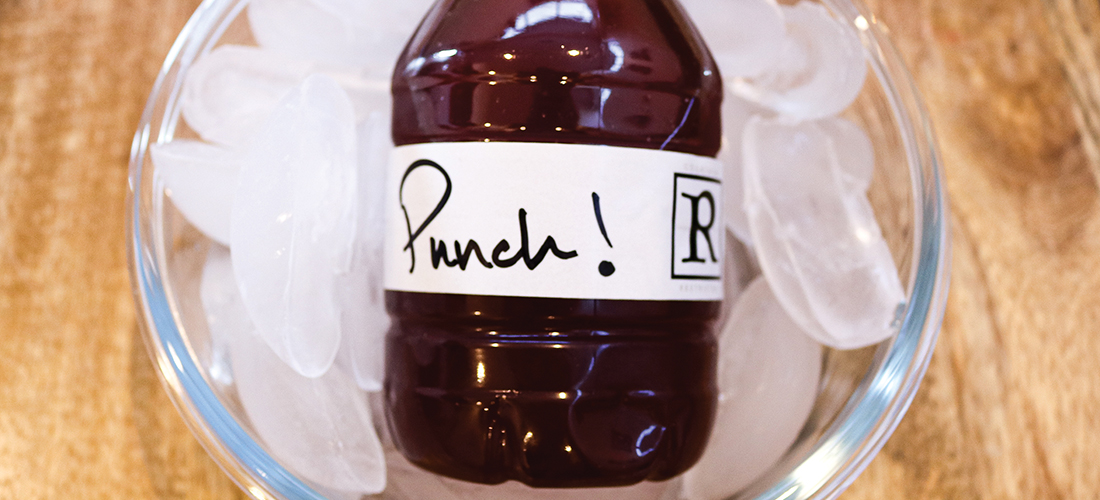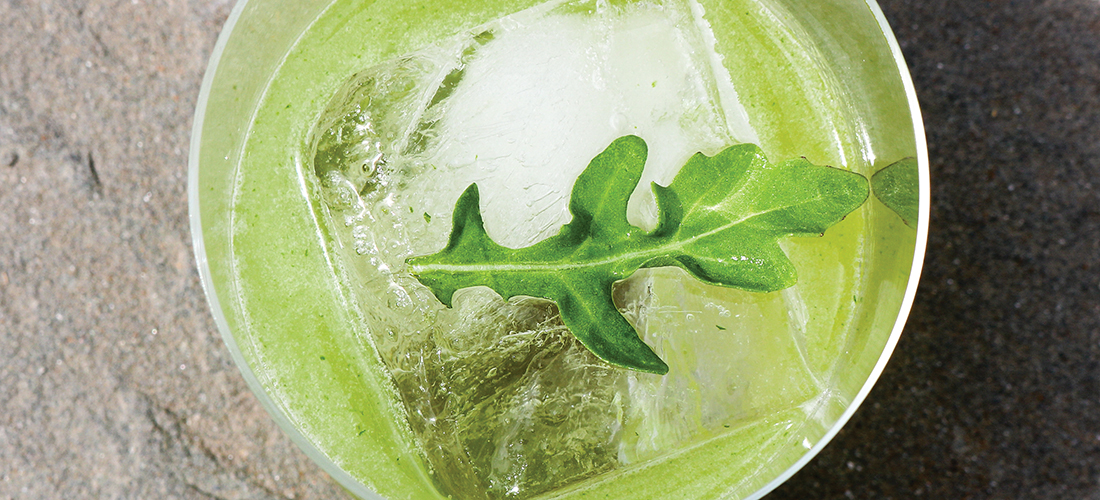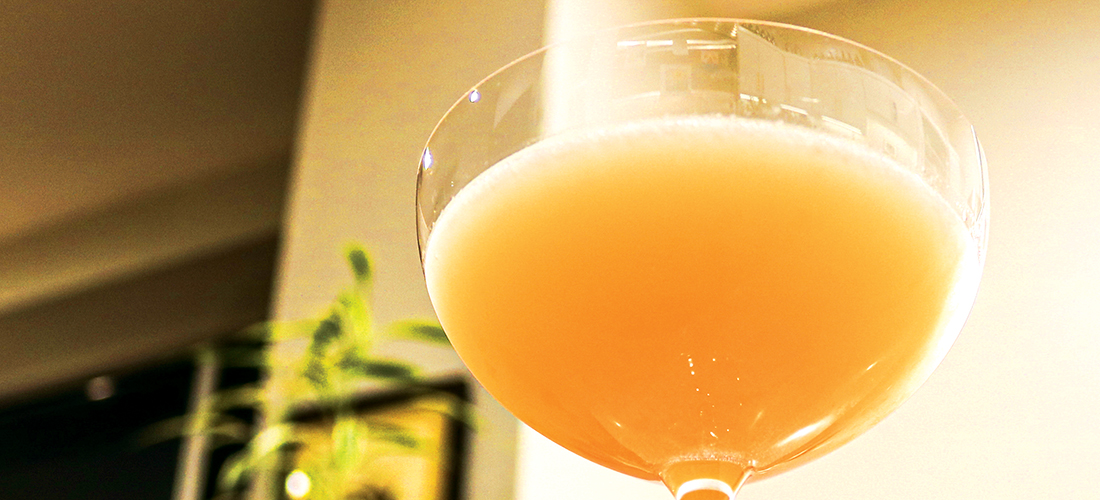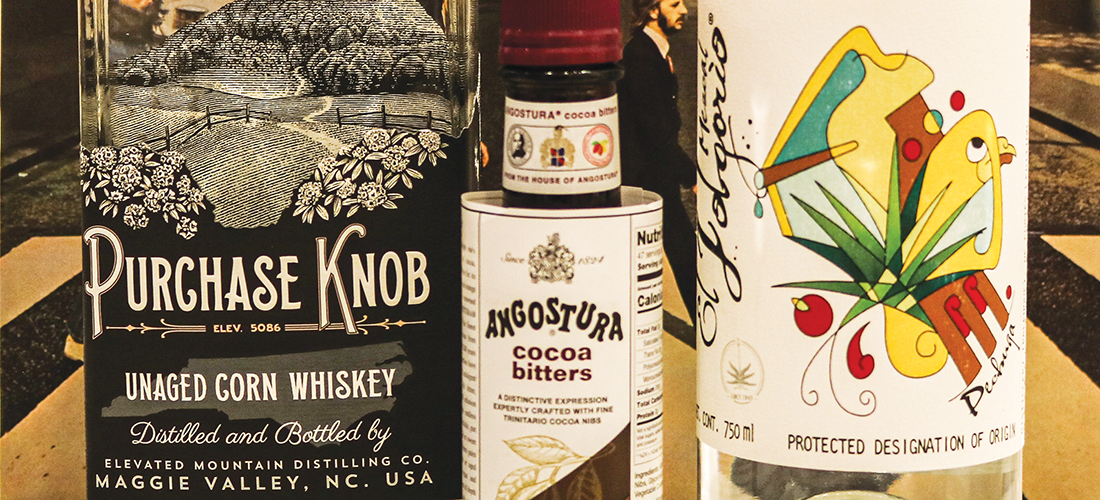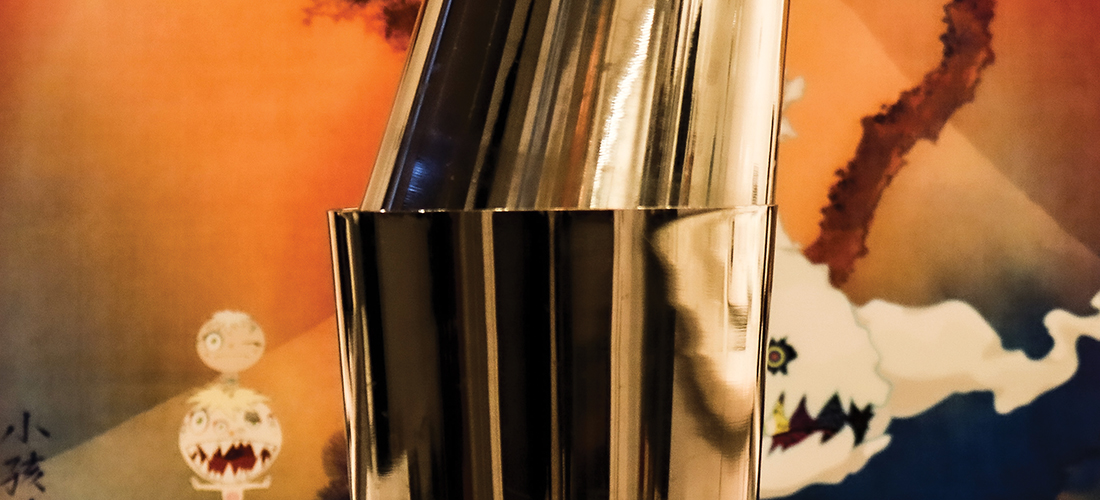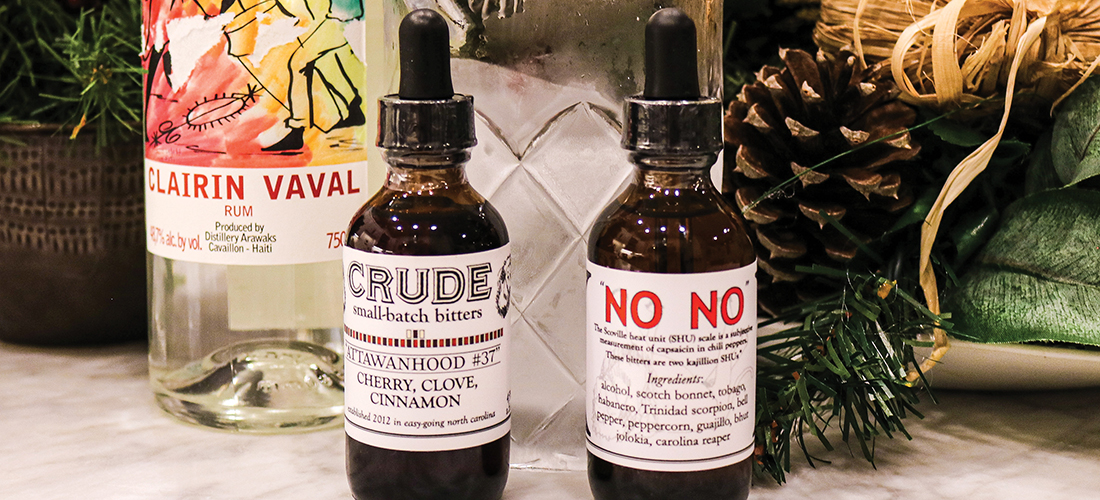Online Amaro
Tax write-offs never tasted so good
By Tony Cross
I recently received my online, bi-yearly shipment of spirits. Just under one grand and a week or so later, a big box with lots of stickers sits on my front doorstep like one of those old-fashioned steamer trunks in black and white movies. My latest treasures included a bunch of amari that I cannot get at any local ABC.
Amaro (amari is the plural) is Italian for “bitter” and has been extremely popular over the last decade or so. While lots of cocktail bars use these in mixed drinks, amaro was first intended as a digestif to be taken after a meal. Lots of countries have their own version of digestifs: cognac in France or underberg in Germany, for example. In Italy, it’s amaro. I’ll be using author Brad Thomas Parsons’ book Amaro: The Spirited World of Bittersweet, Herbal Liqueurs as a reference in the quick summary below.
I’m not going to pretend I’m a bitter liqueur scholar. I’m not. I’m neither bitter nor scholarly. I’m listing these in order from lowest to highest ABV (alcohol by volume). The differences are minute, 21-35 percent, but I’m tasting them this way because, well, why not?
Amaro Bráulio
First up is Amaro Bráulio. Created in the Italian Alps in 1875 by pharmacist Dr. Francesco Peloni, this amaro hit me with heavy gentian on the nose right off the bat. Now, I’m not the best taste-tester, but I have a large nose and I work with gentian root quite a lot (it’s one of the ingredients in my business’s tonic syrup). On the palate, I taste some sort of mint, spices and a touch of bitterness. Not too bitter at all, and I’d even say that if you’re a beginner with amaro, this is a good place to start. As far as cocktails go, I would mix this with a cola-tasting rum, like Zaya.
Amaro Lucano
Per the back label: “Created in 1894, Amaro Lucano today still uses the same secret ancient recipe. A skillful blend of more than 30 herbs that the Vena family has handed down from generation to generation.” This amaro doesn’t have that gentian kick like the Bráulio; instead, I’m smelling something sweeter — if I made a Coke from scratch and let it go flat, that’s what it would smell like. Amaro purists are probably wincing right now. There is a lot going on palate-wise. Front palate has me wowed. What the hell am I tasting? Help me out, Brad. “Medium sweetness with herbal bitterness and notes of cinnamon, licorice, and caramel.” OK, I get the licorice and caramel for sure. Cinnamon is pretty faint, but it doesn’t matter — this amaro is delicious. “Headquartered in Pisticci Scalo, a small southern Italian town in the Matera province in the region of Basilicata, the Lucano brand was founded in 1894 by Cavalier Pasquale Vena, and his descendants, now representing the fourth generation, run the family business to this day.” As Parsons also notes, the fifth generation is helping their brand reach cocktail enthusiasts by ramping up production. It’s very impressive how balanced this amaro is with over 30 ingredients. Talk about talent.
Averna
While I’m trying the other three amari on their own for the first time, I poured this one over a big rock with an orange peel last weekend and it was so good I just did it again. Phenomenal after-dinner drink. I’ve had this (and the next amaro on the list) mixed in cocktails, but never have I owned a bottle and savored it on its own. This is an easy sipper for me. Parsons’ book says that the known ingredients are lemon and orange essential oils, and pomegranate. Orange is definitely a standout, which is why adding a peel from the fruit makes its flavors pop. There’s not a lot of bitterness due to the sweetness from a cola flavor. As far back as 1859, the spirit was used by monks who passed the recipe on to Salvatore Averna, a benefactor to San Spirito Abbey in Caltanissetta, Sicily. Soon after, Averna “was the official supplier to the royal house of King Vittorio Emanuele III and the royal coat of arms was permitted to be displayed on the label of the bottle.” Parsons notes that in 2014, Averna was sold to Gruppo Campari for $143 million dollars.
Amaro Nonino Quintessentia
We finish with Amaro Nonino Quintessentia, the most beautiful of the four bottles, and the amaro with the highest ABV. I smell chocolate on the nose. Sue me. I do. On the palate, caramel and orange right off the bat. The flavors (also a nuanced bitterness) linger quite a bit longer than the other amari. I’m guessing this has to do with the higher proof. Parsons calls the bottle and finished product “elegant,” and I couldn’t agree more. Parsons writes that the Nonino family’s “amaro story begins in 1933, when (owner) Benito’s father, Antonio Nonino, made a grappa-based amaro he called Amaro Carnia, named after the nearby mountains. In 1984, Benito and (wife) Giannola developed their proprietary ÙE Grape Distillate, a unique distillation of the whole grape-skins, pulp, and juice — that captures the production elements of a wine distillate with the craft of grappa.” The recipe was reformulated in 1987. The grappa distillate and ÙE were aged for five years in barriques (wine barrels, especially small ones from France that are made from oak) and sherry barrels. Parsons writes about his tastings in New York and Friuli, Italy with one of Benito’s daughters, Elisabetta. She taught him the way she enjoys her family’s spirit, which he refers to as “Elisabetta style.” It’s Nonino in a small glass with two ice cubes and an orange slice. And that’s exactly how I’ll imbibe mine tonight. PS
Tony Cross is a bartender (well, ex-bartender) who runs cocktail catering company Reverie Cocktails in Southern Pines.

